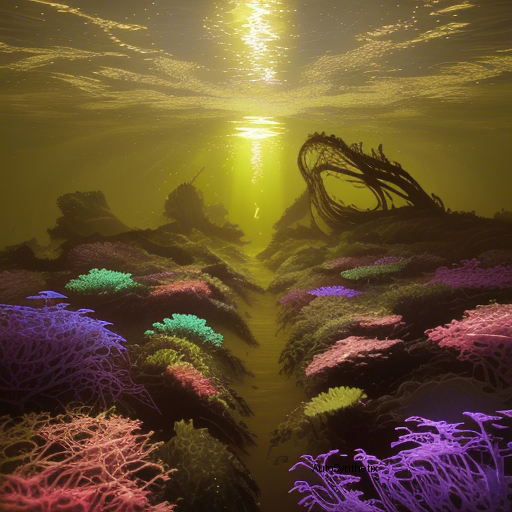The world around us exists in three dimensions – yet most cutting-edge artificial intelligence (AI), particularly those focused on computer vision, primarily function within a two-dimensional realm due to historical limitations in data availability. However, groundbreaking research spearheaded by esteemed professionals aims at revolutionizing these foundational models' capabilities - opening doors towards a more profound comprehension of spatial relationships. This article delves into one such transformative approach called 'Improving 2D Feature Representations by 3D-Aware Fine-Tuning.'
Authored by a team led by Yuanwen Yue, Anurag Das, Francis Engelmann, Siyu Tang, Jan Eric Lenssen, affiliated with renowned institutions including ETH Zurich, Max Planck Institute for Informatics, Saarland Informatics Campus, Google, among others; they envision bridging the gap between flat representations learned solely from 2D imagery and reality's inherently volumetric nature. Their work focuses on enhancing existing powerful models, rather than creating new ones, thereby demonstrating remarkable potential across various domains.
At present, many state-of-the-art visual foundation models rely upon vast amounts of unorganized 2D photographic material during training processes. While yielding exceptional outcomes in numerous applications, notably segmentation, depth estimation, matching correspondences, etc., there remains a significant shortcoming. The primary issue stems from underrepresented knowledge regarding the actual third dimension structuring real environments. To address this dilemma head-on, the researchers introduce a novel concept termed "3D-Aware Fine-Tuning."
This innovative process involves firstly converting the current 2D semantic features extracted predominantly from convolutional neural network architectures into a structured 3D Gaussian format. By doing so, the system obtains what could be considered a "virtual viewpoint" over any given object or setting - enabling adaptive rendering according to desired perspectives without physically altering the original source material. Consequently, leveraging these newly synthesized 3D-informed elements, the scientists refine specific parameters associated with pre-existing 2D models, essentially infusing a sense of dimensionality previously absent.
Remarkably, despite being optimised strictly based on a solitary indoorscape collection initially, the fruits of labor demonstrated considerable versatility. These enhancements not only significantly bolstered subsequent performances related to standard indoor settings but also transcended domain boundaries encompassing additional non-native scenarios. As per the report, even after adapting the initial methods onto fresh grounds, consistent improvements were observed across multiple segments.
Ultimately, the ambition behind initiatives such as 'FIT3D,' as christened by its developers, lies in instilling deeper insights into machine perception strategies while concurrently challenging conventional beliefs surrounding traditional approaches. Inspired by the pioneering spirit displayed herein, the scientific fraternity working tirelessly to advance computational acumen eagerly anticipates further breakthroughs paving paths toward harnessing the full potential latent within multifaceted spatiotemporal worlds.
Project Page Link: <https://ywyue.github.io/FiT3D> Embodying the essence of interdisciplinary collaboration, the pursuit of fusing 3D cognizance within otherwise rigid, flattened frameworks promises a future where machines better comprehend the intricate tapestry woven by light, matter, time, and space itself.
Source arXiv: http://arxiv.org/abs/2407.20229v1
